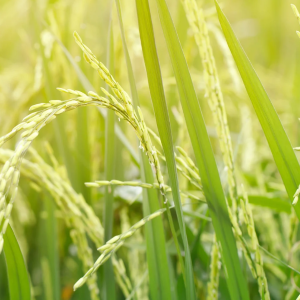The method of intelligent control of rice farming, based on satellite surveillance, was created by scientists of Samara University jointly with their colleagues from China. According to the authors, the development makes it possible to increase and predict yields, assess plant health, and choose optimal areas for planting. The results are published in the journal Advances in Space Research.
Multispectral satellite imaging, as explained by experts, allows accurately determining the mineral composition of the soil, its illumination, and moisture in any territory. Today, intelligent farming systems that can use this data for optimizing field work and increasing yields are actively developing.
Samara National Research University scientists jointly with their Chinese colleagues have developed a new method of “smart” rice farming based on multispectral data evaluation. According to the authors, the development makes it possible to predict yields, determine optimal fertilization and irrigation modes, as well as provides a number of other opportunities.
“Our main result is the new vegetation index for evaluating spectrograms, which increases the accuracy of the evaluation. Due to it, it is possible to control in detail the course of the plant life cycle, which will allow, for example, in some cases, achieving two yields where only one was harvested before”, said Komal Kumari, the author of the research, Associate Professor of the Department of Engineering Cybernetics at Samara University.
Moreover, according to scientists, the method makes it possible to assess plant health and select the land most suitable for rice farming.The advantage of the development over analogues, as the authors reported, is in increased accuracy of determining stages of the plant life cycle and more correct evaluation of yield.
“For calculating the vegetation index and evaluating spectrograms with its help, we used tools based on machine learning”, said Rustam Paringer, Associate Professor of the Department of Engineering Cybernetics at Samara University.
In the future, scientists plan to adapt the proposed method to work with other agricultural crops, as well as develop a system of recommendations for agricultural farms to improve land use efficiency based on spectral imaging data.
The study was conducted jointly with specialists from the Chinese University of Earth Sciences and Hong Kong Polytechnic University.
